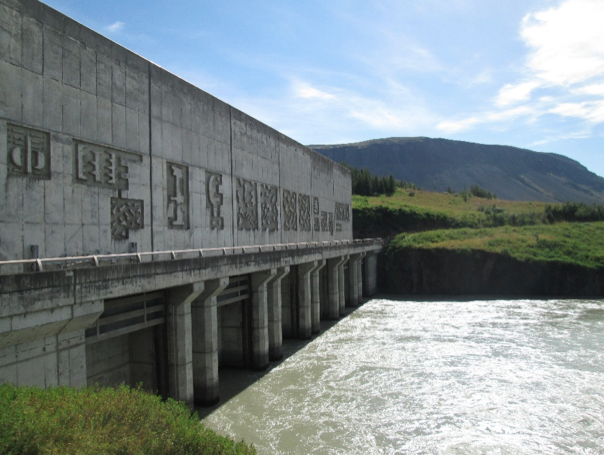Code Green Solutions


Iceland’s location and geology have provided the country with a wealth of natural resources. The island is the size of the state of Kentucky with a population of approximately 325,000, and is located over a hot spot on the Mid-Atlantic Ridge; for this reason, the island has an abundance of naturally-occurring geothermal resources, which have been increasingly utilized for multiple applications. The island is also quite mountainous and gets a considerable amount of precipitation, which has led the country to harness the power of its rivers for hydroelectric power production.
However, the country has not always been a role model of sustainability. Until the mid-20th century, Iceland depended on peat and kerosene for heat and imported coal for electricity. In the wake of the Industrial Revolution in mainland Europe, Iceland began to develop its hydroelectric and geothermal resources in the early 1900s to provide electricity to Reykjavik and to further mechanize the country.
This is the second of a two-part blog covering Icelandic energy infrastructure. Part two addresses Iceland’s history of energy generation using hydroelectric resources.
Hydroelectric Development
Iceland has received an average of 40 inches of precipitation annually over the last 25 years; and much of it is stored in ice caps and groundwater. A quarter of the rainfall in Iceland can be used for power generation, and if all of it were harnessed, it is technically possible to produce 64 TWh annually.
The first hydroelectric power plant in Iceland began operations in 1904, in the town of Hafnarfjörður, where a carpenter used the 9 kW generator to power his workshop and a few nearby homes. Until the 1950s, hydropower in Iceland was limited to small rural power stations. An example of an early Icelandic hydropower plant is Elliðaárstöð (Figure 1), which went online in 1921 and is still used to this day, operated by Orkuveita Reykjavíkur, the public utility company that services the Reykjavik metropolitan area.Development of hydro resources followed in response to the increasing electricity demands of energy-intensive industries like fertilizer and cement manufacturers, and the first hydro plant with a capacity greater than 10 MW was built in 1958.
In the 1960s, the Swiss company Alusuisse (now part of Rio Tinto Alcan) began expressing interest in building an aluminum smelting plant in Iceland, and so an effort was made to assess the feasibility of using two rivers for large-scale hydropower plants. As a result, Landsvirkjun (the state-owned National Power Company) completed the first large-scale hydropower station, Búrfell (Figure 4, number 22), in 1972 (see Figures 2 and 3). To this day, most of the power produced by the Búrfell station is used by Rio Tinto Alcan’s Icelandic Aluminum Co., Ltd. (ISAL) plant.Over the course of the next decade, the transmission and distribution networks were developed across the island, and by 1984, all major hydropower stations were connected to the grid, and all stations with capacities greater than 1 MW must be connect to the grid.
The aluminum industry in Iceland continued to grow over the 1990s and early 2000s: the ISAL plant was expanded in 1997, the Nordic Aluminum plant went online 1998, and has been expanded twice.Hydropower plants were constructed accordingly to satisfy the every-increasing electricity demands of the smelters. The largest hydropower plant in Iceland, Kárahnjúkar (Figure 4, number 47), was built in 2007 to service the new Alcoa Fjaardal aluminum smelter in eastern Iceland. The industry does not seem to be slowing down; Rio Tinto Alcan began an extensive upgrade and expansion project for the ISAL plant
in 2010, and it is projected to be finished this year.
In 2013, 71% of the electricity produced in Iceland came from hydroelectric power plants. Most of the electricity produced in Iceland is used by the aluminum industry, and the electricity demand for smelters expected to increase dramatically.
Residential consumption accounts for less than 5% of total electricity use in Iceland, but Icelanders still consume almost 1 billion kWh annually to power (and for some, heat) their homes. Unfortunately, because have little incentive to save energy, they do not often practice energy efficient behaviors. This can be attributed to the ready availability of inexpensive power. The relative importance of electricity in household budgets has decreased since electricity is so inexpensive, and domestic use of electricity is expected to increase by 2% annually, in part due to an increase in the number of electric appliances per household.